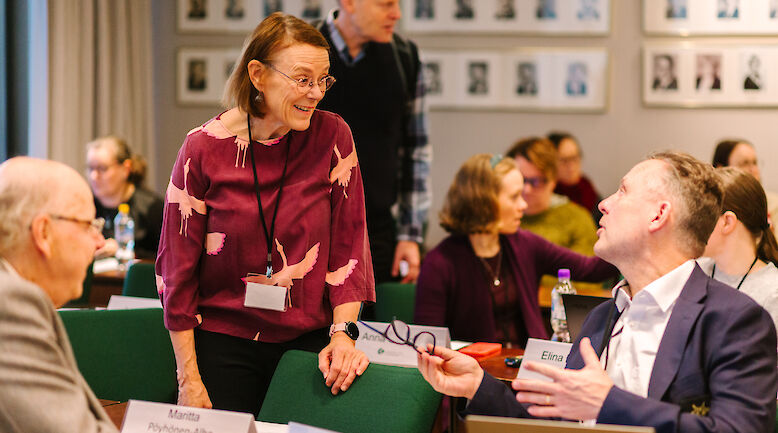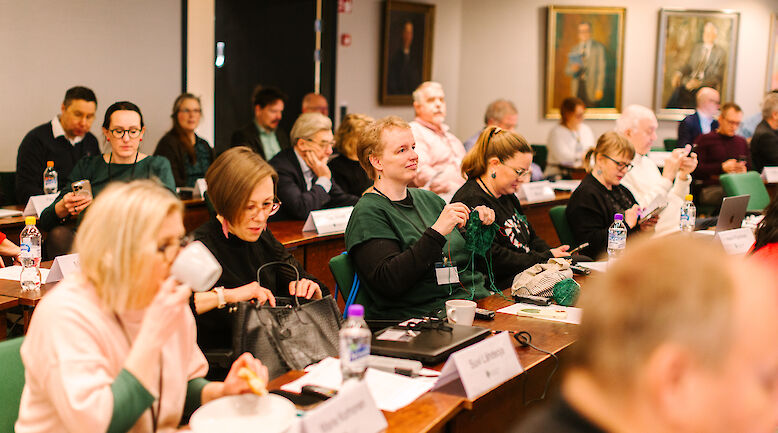Proposed revision of the declaration of Sydney on the determination of death and recovery of organs
1. Determination of death can be made on the basis of the irreversible cessation of all functions of the entire brain, including the brain stem, or the irreversible cessation of circulatory and respiratory functions. This determination will be based on clinical judgment according to accepted criteria supplemented, if necessary, by standard diagnostic procedures and made by a physician.
2. Even without intervention, cell, organ, and tissue activity in the body may continue temporarily after a determination of death. Cessation of all life at the cellular level is not a necessary criterion for determination of death.
3. The use of deceased donor organs for transplantation has made it important for physicians to be able to determine when mechanically-supported patients have died.
4. After death has occurred, it may be possible to maintain circulation to the organs and tissues of the body mechanically. This may be done to preserve organs and tissues for transplantation.
5. Prior to post-mortem transplantation, the determination that death has occurred shall be made by a physician who is in no way immediately involved in the transplantation procedure.
6. Following determination of death, all treatment and resuscitation attempts may be ceased and donor organs may be recovered, provided that prevailing requirements of consent and other relevant ethical and legal requirements have been fulfilled.












